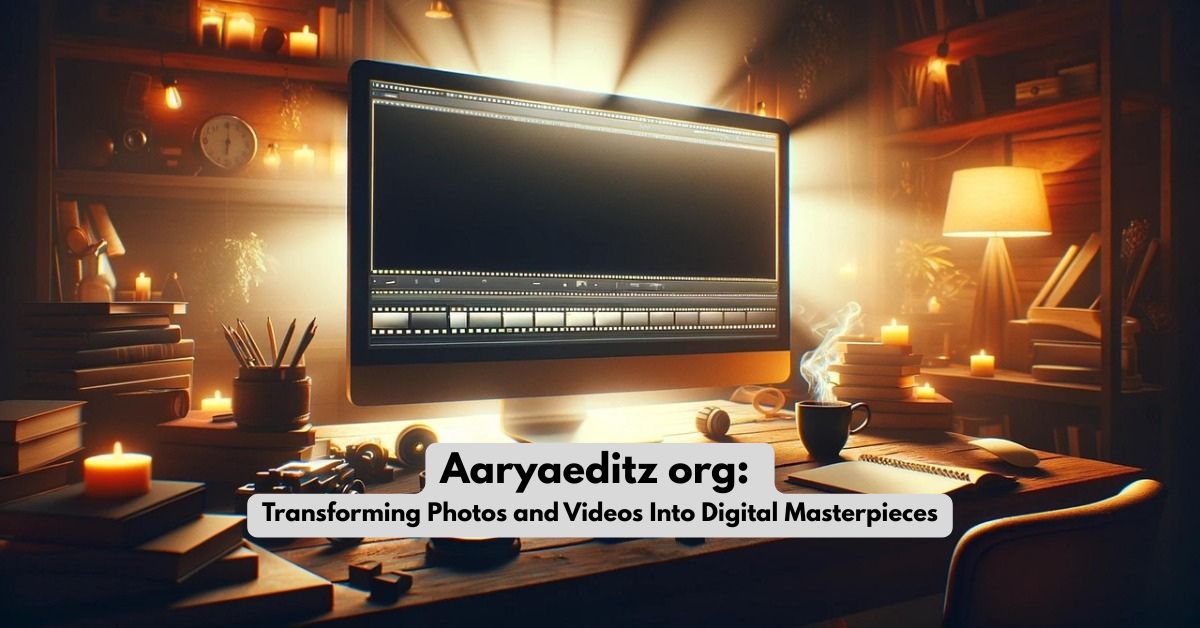In the dynamic world of digital content creation, especially within the beloved Source Filmmaker (SFM) ecosystem, efficiency is the new currency. Whether you’re a budding animator crafting your first viral short or a seasoned professional engineering complex cinematic masterpieces, your creative success hinges on seamless asset management. This is precisely where SFM Compile emerges as a game-changer, transforming the convoluted process of preparing models, textures, and animations into a streamlined, error-free workflow.
From my deep dives into the SFM community and cutting-edge industry practices, it’s clear that understanding and leveraging SFM Compile is no longer optional—it’s foundational for anyone serious about 3D animation. This powerful compilation methodology doesn’t just save precious time; it dramatically elevates the fidelity and stability of your SFM projects. Get ready to unlock new levels of productivity and artistic freedom as we decode the core functionalities, operational mechanics, and indispensable impact of SFM Compile.
Deconstructing SFM Compile: Your Gateway to Flawless Asset Integration
At its core, SFM Compile is the vital process of converting your raw 3D assets—such as models, textures, and animations—into proprietary formats that Source Filmmaker can natively interpret and utilize. SFM, by design, doesn’t directly support common file types like OBJ, FBX, or PNG for its in-engine operations. Instead, it relies on specially compiled formats:
- Models: Transformed into optimized .MDL files, often through specialized tools like Crowbar or Valve’s own StudioMDL.
- Textures: Pixel-perfect images are meticulously converted into the .VTF (Valve Texture Format) using utilities such as VTFEdit, ensuring visual integrity and preventing those dreaded “missing texture” glitches.
- Animations: Exported as .SMD files and then compiled with accompanying QC scripts, which dictate how movements and sequences are integrated into your models.
This meticulous organization and compilation are the secret sauce behind preventing common headaches like visual artifacts, broken animations, or unexpected crashes. The SFM community consistently champions these best practices for a reason: they guarantee a robust and reliable creative pipeline.
Why SFM Compile is Your Production Power-Up
When I first grappled with the intricacies of Source Filmmaker, the sheer volume of files and potential for disarray felt overwhelming. Discovering the strategic advantages of SFM Compile was a pivotal moment in my workflow, and here’s why it stands out in 2025:
- Effortless Model Integration: SFM Compile democratizes the complex task of integrating diverse 3D assets into SFM-ready models. It seamlessly bridges the gap between popular 3D software and SFM, empowering creators to infuse their animations with custom characters and environments.
- Flawless Texture Conversion: The intelligent conversion of raw image files into Valve’s proprietary .VTF texture format is a cornerstone of SFM Compile. This critical step eradicates pervasive “missing texture” errors, which can derail projects and compromise visual fidelity.
- Rock-Solid Animation Support: Animation files, often the most intricate components, are compiled into SFM-ready sequences with unparalleled precision. The system adeptly processes .SMD and .DMX files, preparing them for fluid integration into complex scenes. This minimizes disruptive frame drops and ensures perfect synchronization.
- Hyper-Organized Folder Structure: One of SFM Compile’s unsung heroes is its meticulous approach to file organization. It systematically arranges all compiled assets into designated, logical folders, eliminating the frantic search for misplaced files and drastically simplifying troubleshooting.
- Advanced Map Compilation with Hammer Editor: Beyond character and prop assets, SFM Compile extends its prowess to environmental design. It facilitates the conversion of custom map designs into .BSP files using robust tools like the Hammer Editor, empowering creators to build bespoke environments that optimize in-engine performance.
Your Definitive Guide: Unleashing SFM Compile – From Beginner to Pro
My initial trepidation about the technical demands of SFM Compile quickly dissipated once I embraced a structured approach. Follow these steps, and you’ll find yourself navigating the compilation process with newfound confidence, saving countless hours of potential frustration.
- Arm Yourself with Essential Tools: SFM Compile is a symphony, and its tools are your orchestra. You’ll need indispensable companion utilities such as Crowbar for robust model compilation, VTFEdit for pristine texture conversions, and a versatile text editor like Notepad++ for sculpting your QC scripts. Always source these tools from reputable community hubs and trusted Steam community forums.
- Strategic File Preparation: Begin by establishing a meticulously clean working folder for your raw model source files. This typically includes .SMD files, .QC scripts, and all associated texture files (.TGA or .PNG). A well-organized directory structure is your first line of defense against compilation errors.
- Craft Your QC Script: The QC file is the instruction manual for your compiler, dictating precisely how your model should be assembled. It encapsulates critical metadata such as the model’s name, texture paths, and intricate animation sequences. Crucially, ensure that all paths within your QC script exactly mirror your meticulously organized folder structure.
- Execute Model Compilation with Crowbar: Launch Crowbar and load your prepared QC file to initiate the compilation sequence. Select the “Compile” option and monitor the progress until a triumphant success message appears. A correctly configured model will prompt Crowbar to generate a pristine .MDL file, instantly ready for deployment within SFM.
- Texture Transformation with VTFEdit: Drag your raw texture images into VTFEdit to seamlessly convert them into the required .VTF format. Once converted, save these .VTF files into their designated subfolders within your SFM materials directory. This ensures your newly compiled model renders with all its textures displaying perfectly.
- Strategic File Deployment in SFM: The final organizational flourish involves migrating your compiled .MDL models and .VTF textures into the appropriate models and materials folders within your SFM installation.
- Real-World Validation: Test in Source Filmmaker: The moment of truth! Open SFM, initiate a new project, and attempt to load your freshly compiled model. If it appears correctly, with textures brilliantly rendered and animations executing flawlessly, congratulations – your SFM Compile was a resounding success!
Elevating Performance: Pro Tips for Large-Scale SFM Endeavors
When your Source Filmmaker projects scale in ambition and complexity, maintaining optimal performance becomes a critical challenge. To ensure a fluid and responsive workflow, consider these expert recommendations:
- Model Optimization: Prioritize efficiency by reducing unnecessary polygon counts in your models and leveraging texture atlases for consolidated texture data.
- Batch Processing & Automation: As of 2025, advanced users leverage batch scripts and tools to compile multiple assets simultaneously, saving valuable time and ensuring consistency across large projects.
- Hardware Empowerment: Ensure your workstation boasts sufficient RAM, a powerful CPU, and a capable GPU to handle the demands of extensive SFM projects. Regular hardware upgrades remain a game-changer.
By integrating these performance-enhancing strategies, your large-scale SFM projects will run with unparalleled smoothness, maintaining visual fidelity while drastically reducing render bottlenecks.
Conclusion: Empower Your Creativity with SFM Compile
In essence, SFM Compile is more than just a utility; it’s the bedrock of a productive and satisfying Source Filmmaker experience. It meticulously transforms raw assets into polished, ready-to-use files, minimizing roadblocks and maximizing your creative output. By embracing the power of tools like Crowbar and VTFEdit, you’re not just compiling; you’re cultivating a smoother, more efficient workflow that empowers your artistic vision.
This compilation methodology is an invaluable asset for everyone, from nascent creators just beginning their SFM journey to seasoned animators pushing the boundaries of digital storytelling. If you’ve ever wrestled with broken models, elusive textures, or frustrating errors, the transformative impact of SFM Compile will be profoundly evident. Dive in and experience the paradigm shift—you’ll be astonished at how much more seamlessly your projects can flow.
FAQs: Demystifying SFM Compile
- Which Tools Are Commonly Used for SFM Compile?
The core toolkit typically includes Crowbar for model compilation, VTFEdit for texture conversion, and a robust text editor like Notepad++ for crafting QC scripts. - What Are QC Files, and Why Are They Important?
QC files are plain text scripts that provide explicit instructions to the compiler for building new models within SFM. They define crucial model properties such as animation sequences, material assignments, and physics parameters. - How Can I Fix the “Too Many Vertexes” Error?
This common error arises when a 3D model exceeds SFM’s vertex limit. To resolve it, you must reduce the polygon count of your model using 3D modeling software like Blender or Maya before re-attempting the SFM Compile process.




